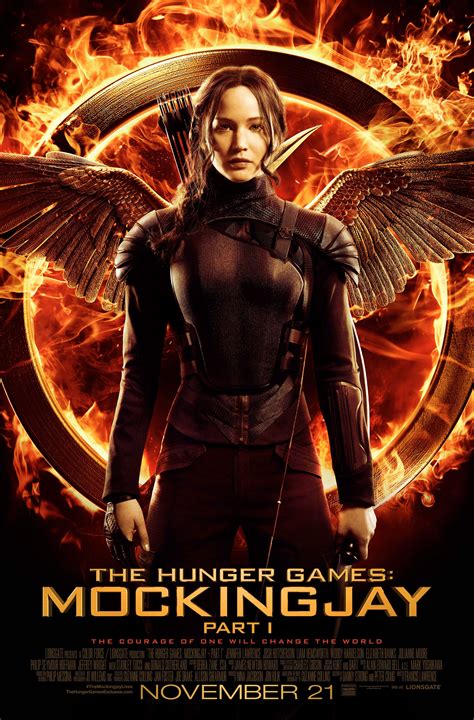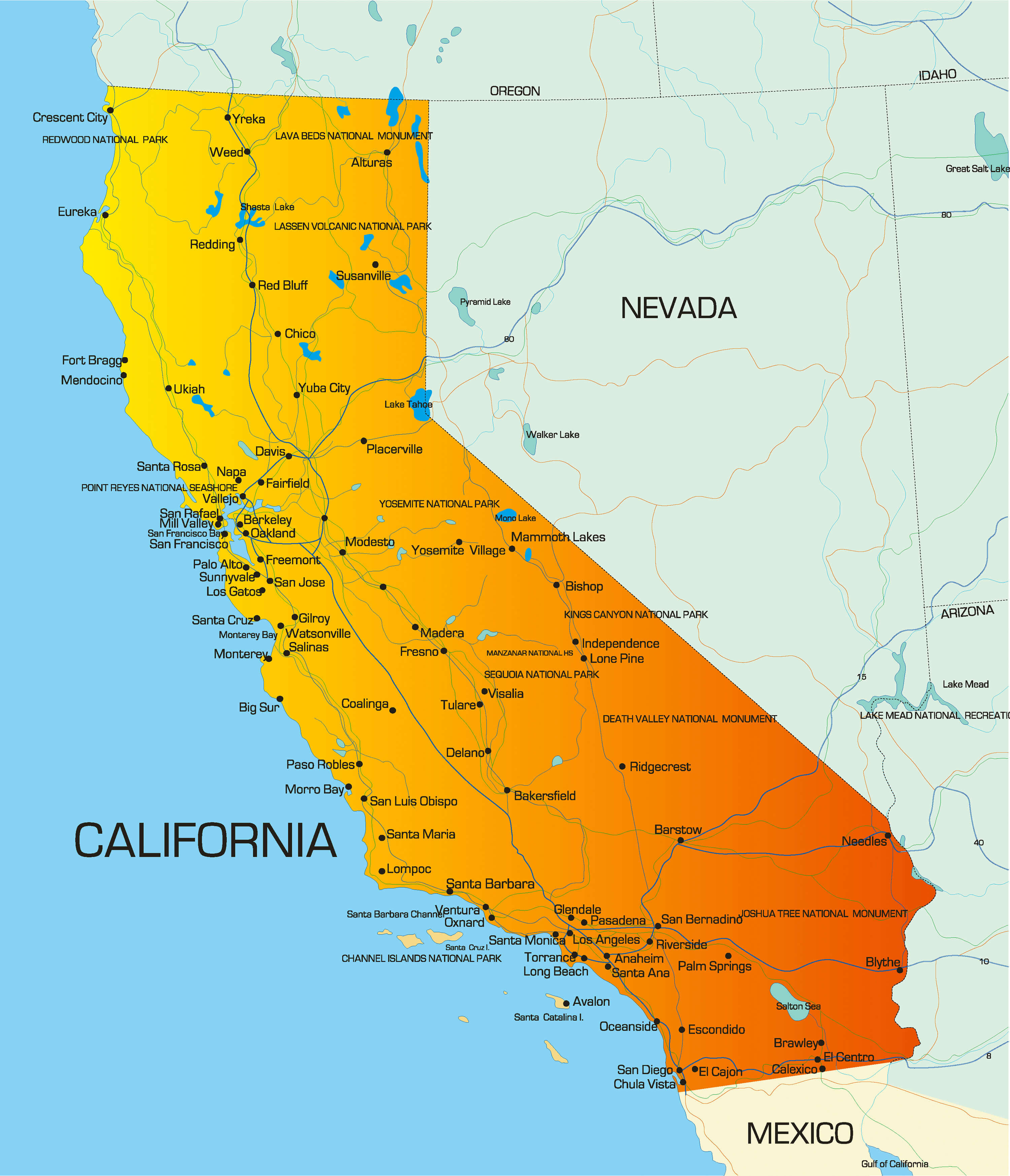The release of The Hunger Games: Mockingjay Part 1 marked a pivotal moment in the cinematic adaptation of Suzanne Collins’ beloved trilogy. As the third installment in the series, it signaled a significant shift in tone and narrative focus, setting the stage for the conclusive chapter in the chronicles of Panem. This article delves into the intricacies of Mockingjay Part 1, exploring its thematic depth, character development, and the societal commentary that underpins the Hunger Games saga.
The Evolution of Katniss Everdeen
At the heart of the Hunger Games series is Katniss Everdeen, the embodiment of District 12’s defiance against the oppressive Capitol. In Mockingjay Part 1, Katniss’s character undergoes a profound transformation. No longer just the Girl on Fire who volunteered to save her sister, she becomes the Mockingjay, the face of the rebellion. Jennifer Lawrence brings depth and nuance to Katniss, portraying her inner turmoil as she grapples with the moral implications of her newfound role. The film showcases Katniss’s reluctance to embrace the symbolic mantle of the rebellion, highlighting her desire to protect those she loves and her struggle with the propaganda machinery of both the Capitol and the rebellion.
The Mechanics of War and Rebellion
Mockingjay Part 1 offers a detailed exploration of the logistical and ethical challenges of waging war. The film delves into the strategic planning and political maneuvering within the rebellion, led by President Alma Coin, and contrasts this with the ruthless tactics employed by the Capitol under President Snow. This dichotomy serves as a commentary on the nature of warfare and political uprising, emphasizing the gray areas between right and wrong. The film’s portrayal of the devastation of war, the loss of innocent lives, and the exploitation of victims for political gain adds a layer of complexity to the narrative, inviting viewers to ponder the true cost of rebellion and freedom.
Societal Commentary and Cultural Relevance
One of the strengths of the Hunger Games series is its ability to serve as a mirror to our own society, reflecting issues such as class inequality, the exploitation of the poor by the wealthy, and the dangers of totalitarian regimes. Mockingjay Part 1 amplifies these themes, particularly in its depiction of how war and political strife affect civilians. The film critiques the voyeuristic tendencies of audiences, as seen in the Capitol’s citizens who watch the Hunger Games for entertainment, drawing parallels with our own consumption of reality TV andnews coverage of conflict zones. Furthermore, the series touches on the concept of media manipulation, where both the Capitol and the rebellion use propaganda to sway public opinion, echoing real-world practices in political campaigns and warfare.
Cinematic and Technical Achievements
From a technical standpoint, Mockingjay Part 1 is a marvel, with impressive cinematography that captures the stark contrast between the opulence of the Capitol and the austerity of the districts. The visual effects are seamless, bringing the fictional world of Panem to life with convincing detail. The score, composed by James Newton Howard, complements the on-screen action perfectly, elevating emotional moments and intensifying the suspense during action sequences. The film’s pacing, while somewhat slower than its predecessors to accommodate the shift in narrative focus, remains engaging, thanks to the strong performances of the cast and the intrigue of the plot.
Conclusion: A Bridge to the Final Confrontation
The Hunger Games: Mockingjay Part 1 acts as a precursor to the climactic showdown between the rebellion and the Capitol, setting the stage for the series’ conclusion. It’s a film that challenges its characters and its audience, exploring the darker aspects of war, leadership, and the personal cost of revolution. Through its complex characters, engaging storyline, and thought-provoking themes, Mockingjay Part 1 reinforces the Hunger Games series as a staple of contemporary young adult fiction, offering more than just entertainment—it provides a platform for discussion and reflection on the human condition.
What is the central theme of Mockingjay Part 1?
+The central theme of Mockingjay Part 1 revolves around the exploration of war, rebellion, and the moral dilemmas faced by its protagonist, Katniss Everdeen, as she becomes the face of the rebellion against the Capitol.
How does the film portray the effects of war on individuals and society?
+Mockingjay Part 1 depicts the devastating effects of war through the personal struggles of Katniss and the suffering of the districts, highlighting the loss of innocent lives, the exploitation of victims for political gain, and the psychological impact on those involved.
What commentary does the film offer on our current society?
+The film serves as a commentary on issues such as class inequality, the dangers of totalitarian regimes, and the exploitation of the poor by the wealthy, drawing parallels with real-world societal problems and inviting viewers to reflect on these themes.
In the end, The Hunger Games: Mockingjay Part 1 stands as a testament to the power of storytelling in cinema, blending action, drama, and social commentary in a narrative that captivates and challenges its audience. As a precursor to the series’ conclusion, it masterfully sets the stage for the final confrontation, ensuring that viewers are invested in the fate of Panem and its characters.


